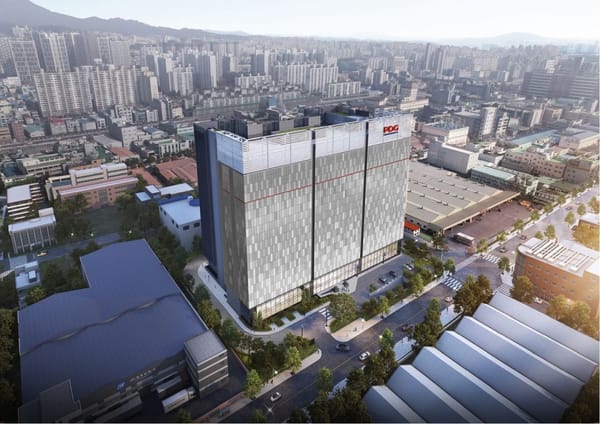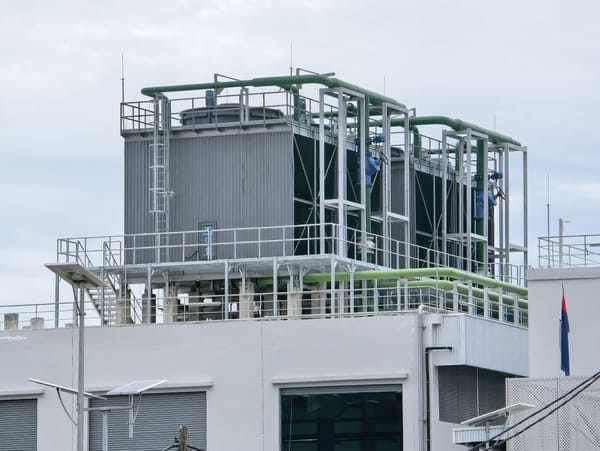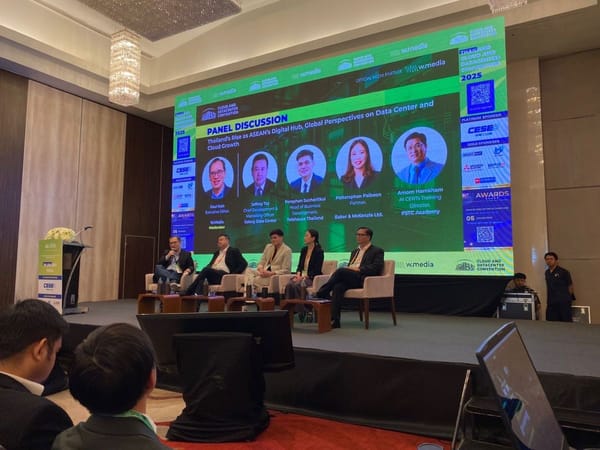How wastewater treatment plants give data centres greater resilience
Data centres have diverse fibre pathways and multiple power substations. Why rely on one water source?
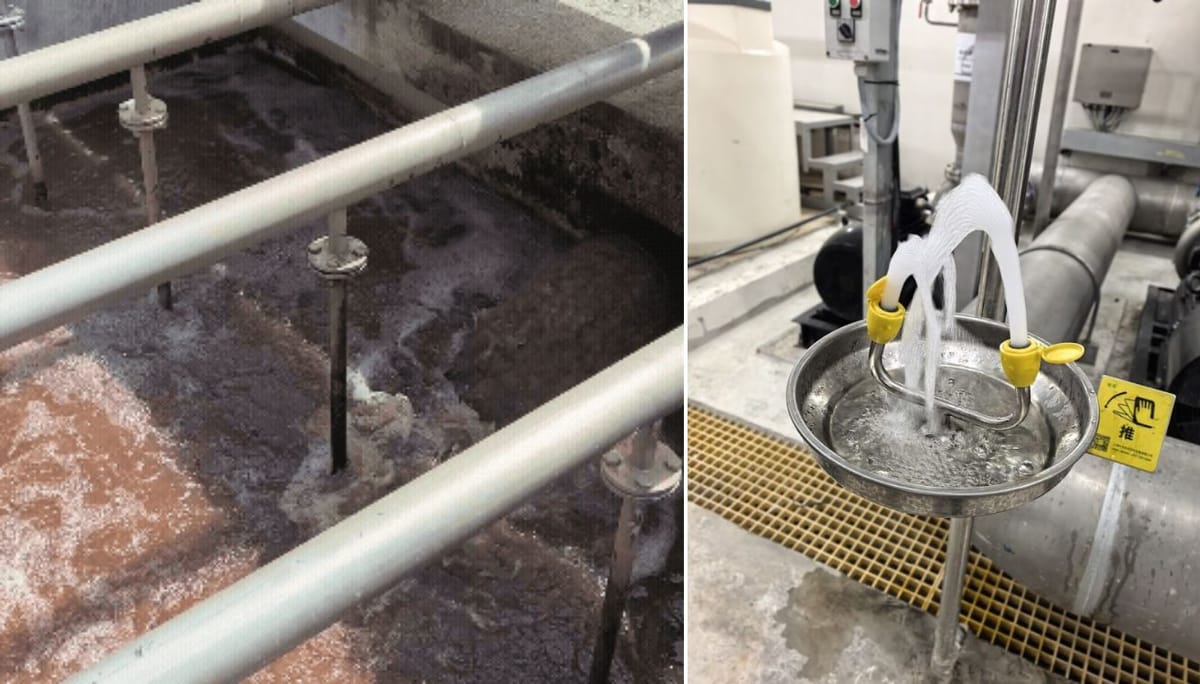
Turning air into water? Not quite, but water reclamation plants give data centre operators options that they didn't have previously.
When I visited Bridge Data Centres' wastewater treatment plant, I wasn't sure what to expect. Here are three things that never occurred to me before my visit.
Better for the environment
Some regions have an abundance of water, such as Johor in Malaysia, which also has a relatively small population of four million people.
The challenge, as with everywhere else, is how the people and industries that need this water are not necessarily near freshwater sources or water treatment plants.
Designed to process treated wastewater that would be discarded anyway, a wastewater treatment plant can reduce wastewater discharged into water bodies, ease water stress by reclaiming water, and help data centres meet ESG goals.
Greater resilience
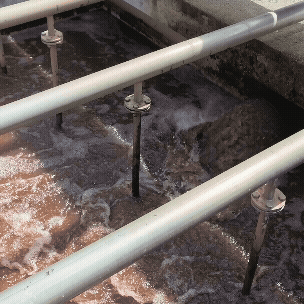

Photo Caption: (Left) Incoming treated wastewater. (Right) Clean water.
I have written previously about how Malaysia is tightening its water regulation to prohibit data centres from utilising only precious potable water.
With wastewater treatment technology installed in-house, data centres can now harness rainwater, groundwater, and treated effluent.
The process of water treatment is completely automated. And according to what I learnt, it is trivial to switch between different water sources for treatment.
Quality water
Interestingly, reclaimed water generally has lower conductivity. This allows it to be used for longer with better cycles of concentration, increasing water efficiency.
This happens because reverse osmosis (RO) and filtration remove most dissolved ions and salts, reducing the risk of scaling and corrosion caused by them.
In fact, I understand that the "recovery rate" of water with membrane bioreactor (MBR) and RO is as high as 85%, meaning just 15% of incoming treated wastewater needs to be discarded.
Rethinking water sources
If you think about it, data centres are built with diverse fibre optic pathways and are served by more than one power substation, on top of onsite backup generators.
With so much redundancy, why rely on water from just one source? I think this is definitely something worth thinking about as we build ever-larger data centres.

